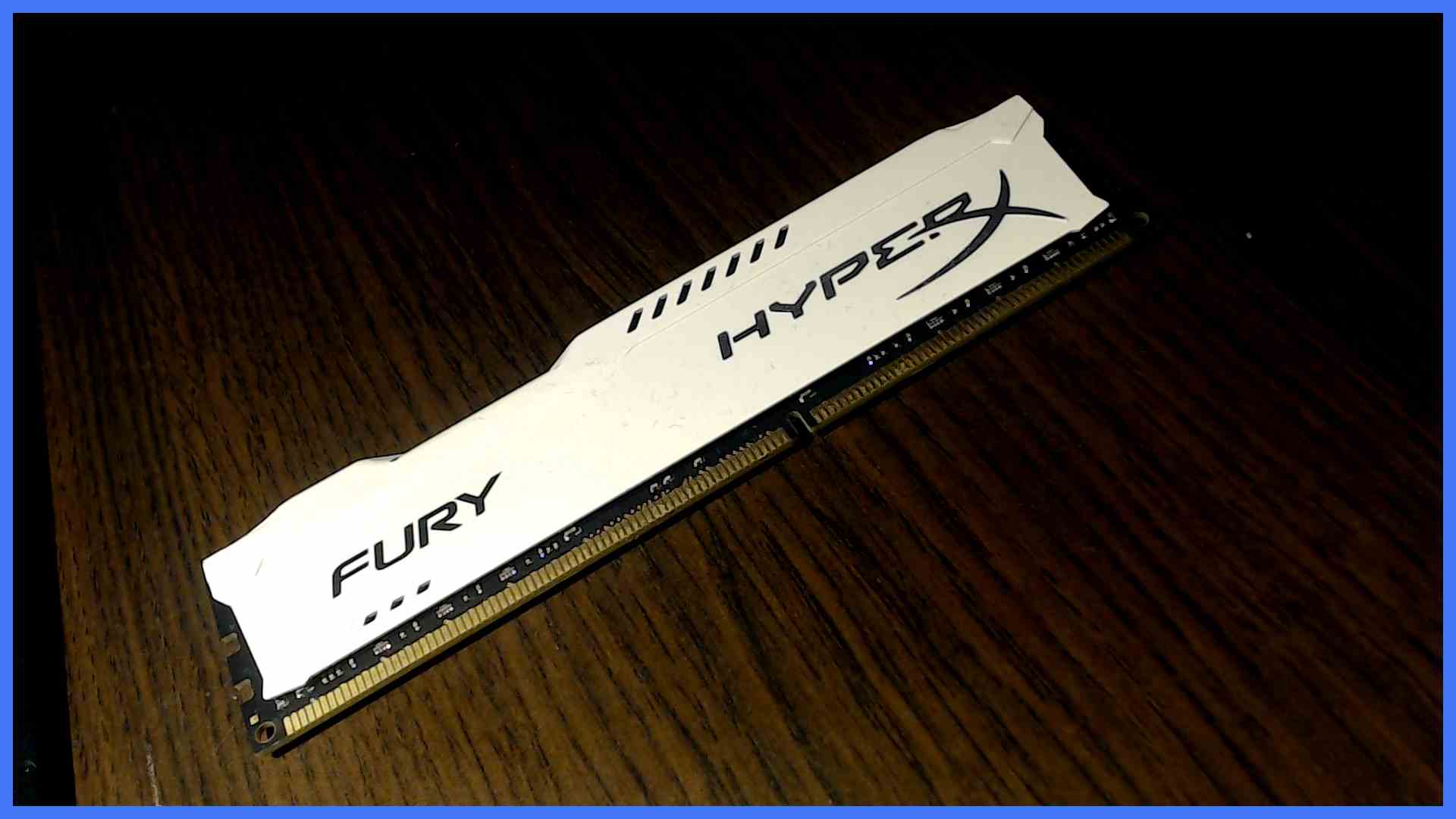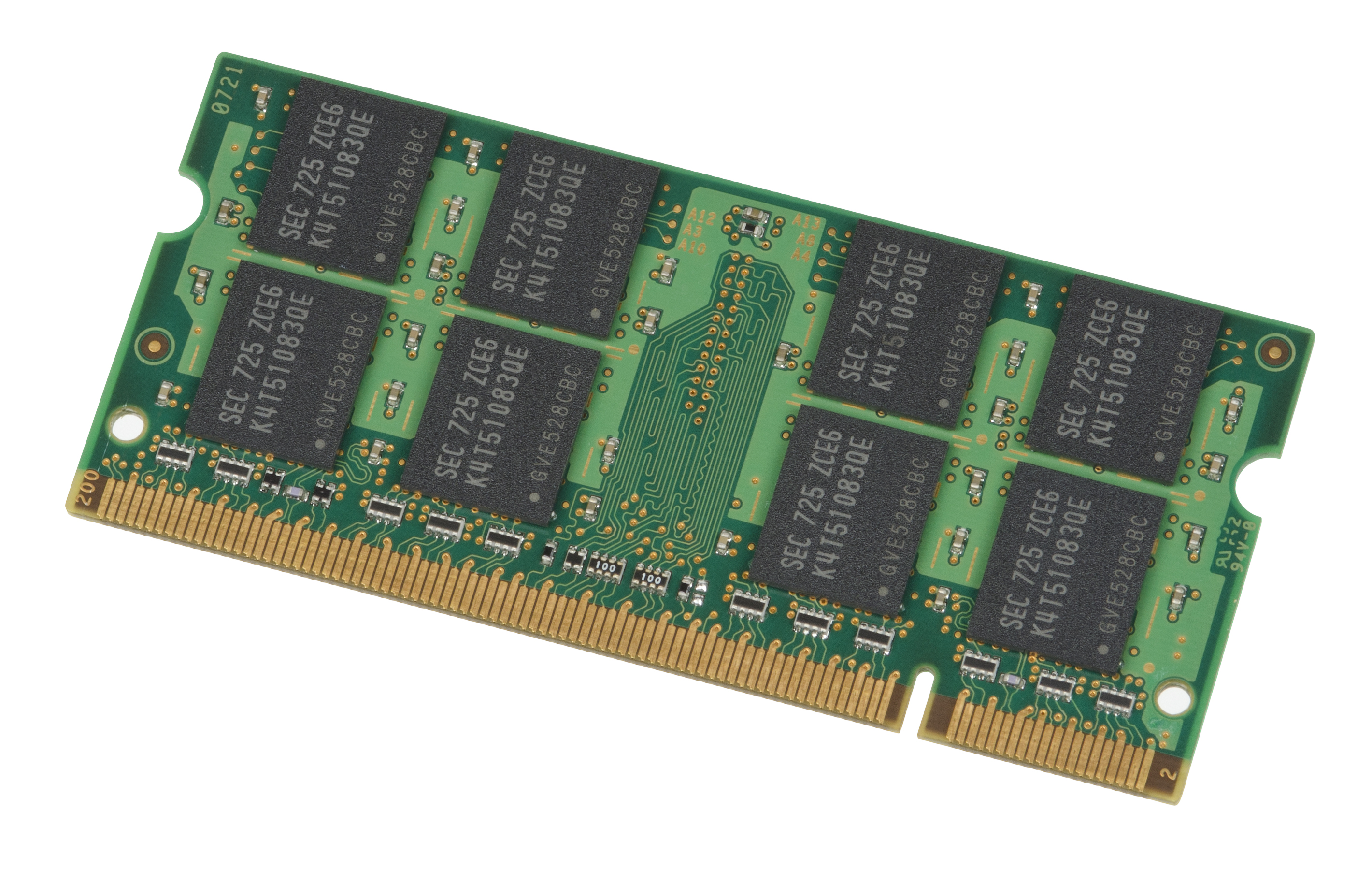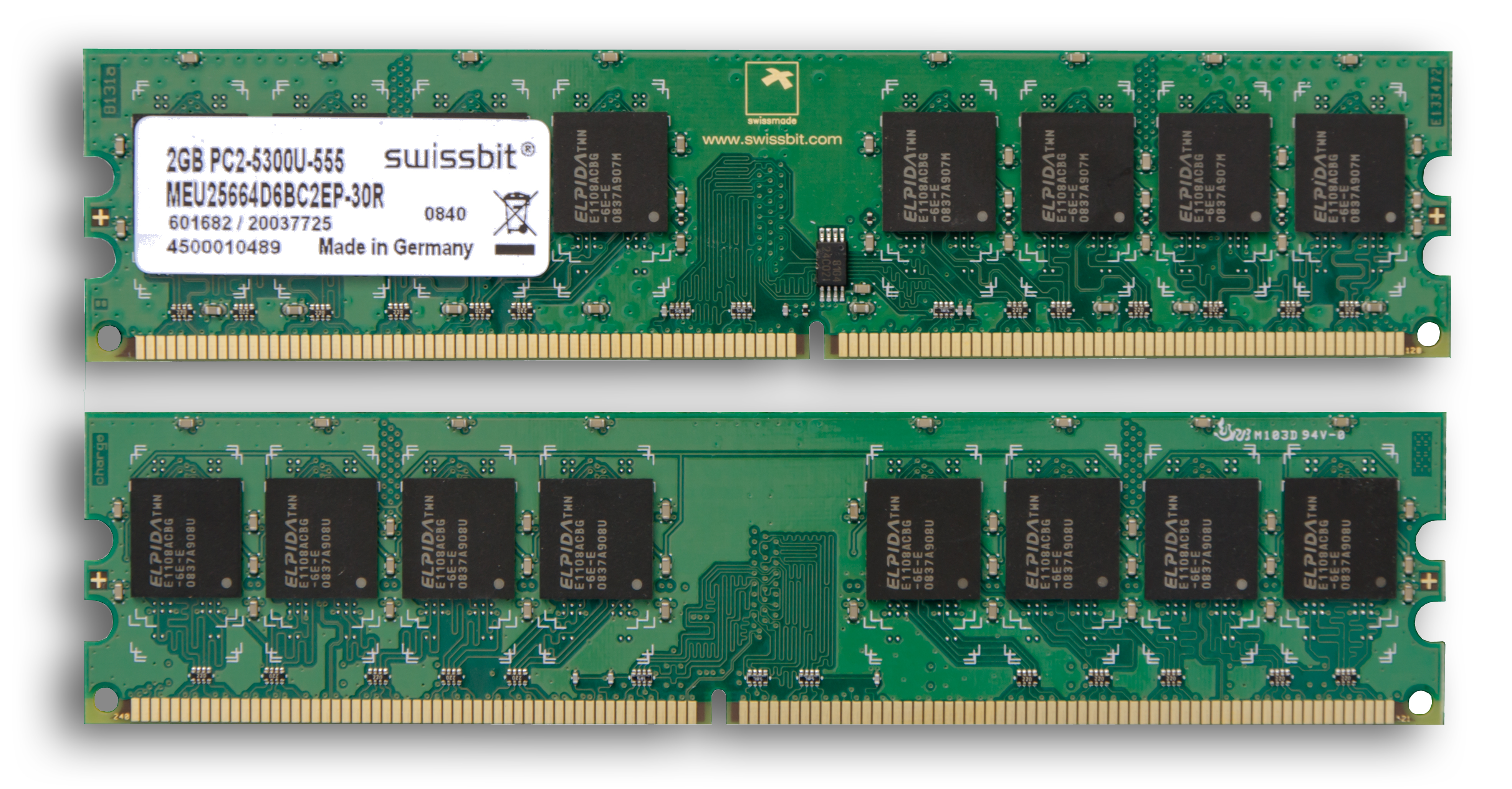Random access memory
Enlarge text Shrink text- Engr. index
- ASTI
- INSPEC
- Prentice-Hall Std. gloss. computer terminology
- Sippl. Computer dict.
Random-access memory (RAM; ) is a form of electronic computer memory that can be read and changed in any order, typically used to store working data and machine code. A random-access memory device allows data items to be read or written in almost the same amount of time irrespective of the physical location of data inside the memory, in contrast with other direct-access data storage media (such as hard disks and magnetic tape), where the time required to read and write data items varies significantly depending on their physical locations on the recording medium, due to mechanical limitations such as media rotation speeds and arm movement. In today's technology, random-access memory takes the form of integrated circuit (IC) chips with MOS (metal–oxide–semiconductor) memory cells. RAM is normally associated with volatile types of memory where stored information is lost if power is removed. The two main types of volatile random-access semiconductor memory are static random-access memory (SRAM) and dynamic random-access memory (DRAM). Non-volatile RAM has also been developed and other types of non-volatile memories allow random access for read operations, but either do not allow write operations or have other kinds of limitations. These include most types of ROM and NOR flash memory. The use of semiconductor RAM dates back to 1965 when IBM introduced the monolithic (single-chip) 16-bit SP95 SRAM chip for their System/360 Model 95 computer, and Toshiba used bipolar DRAM memory cells for its 180-bit Toscal BC-1411 electronic calculator, both based on bipolar transistors. While it offered higher speeds than magnetic-core memory, bipolar DRAM could not compete with the lower price of the then-dominant magnetic-core memory. In 1966, Dr. Robert Dennard invented modern DRAM architecture in which there's a single MOS transistor per capacitor. The first commercial DRAM IC chip, the 1K Intel 1103, was introduced in October 1970. Synchronous dynamic random-access memory (SDRAM) was reintroduced with the Samsung KM48SL2000 chip in 1992.
Read more on Wikipedia >
 Topic
Topic








